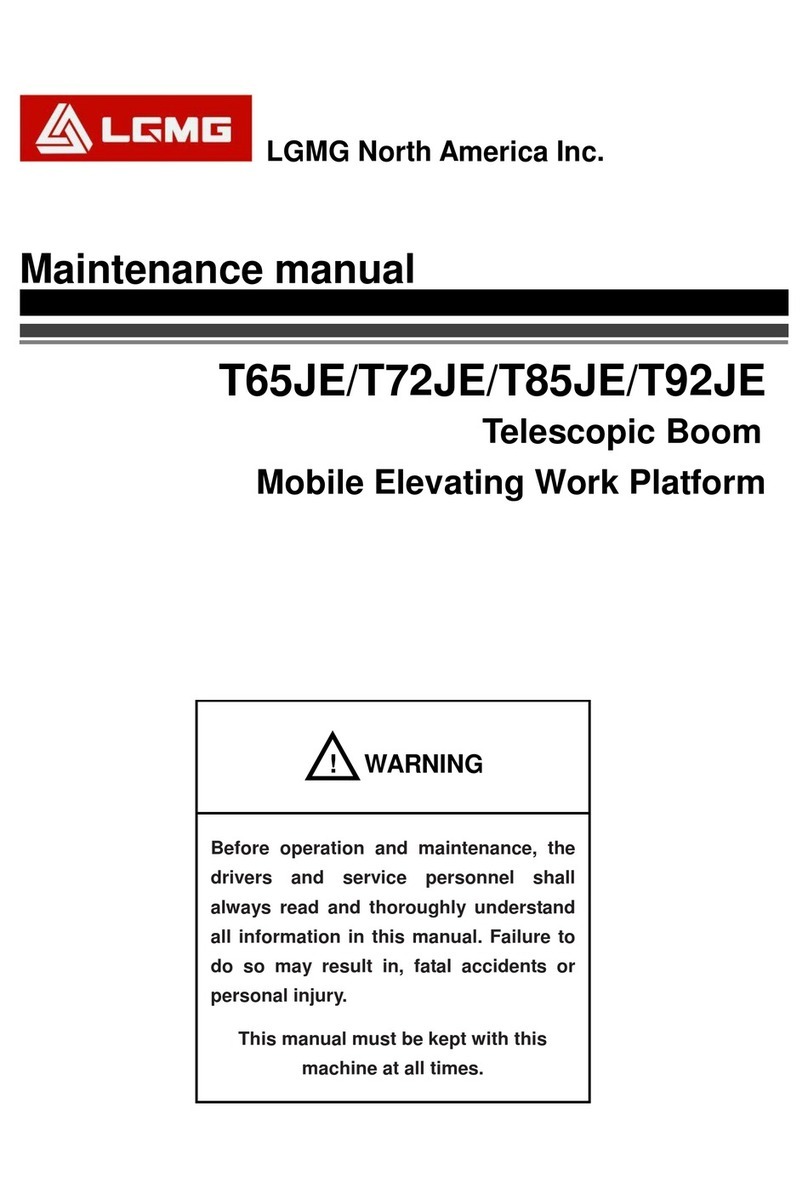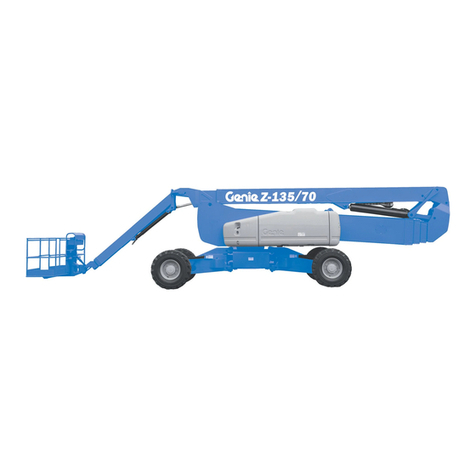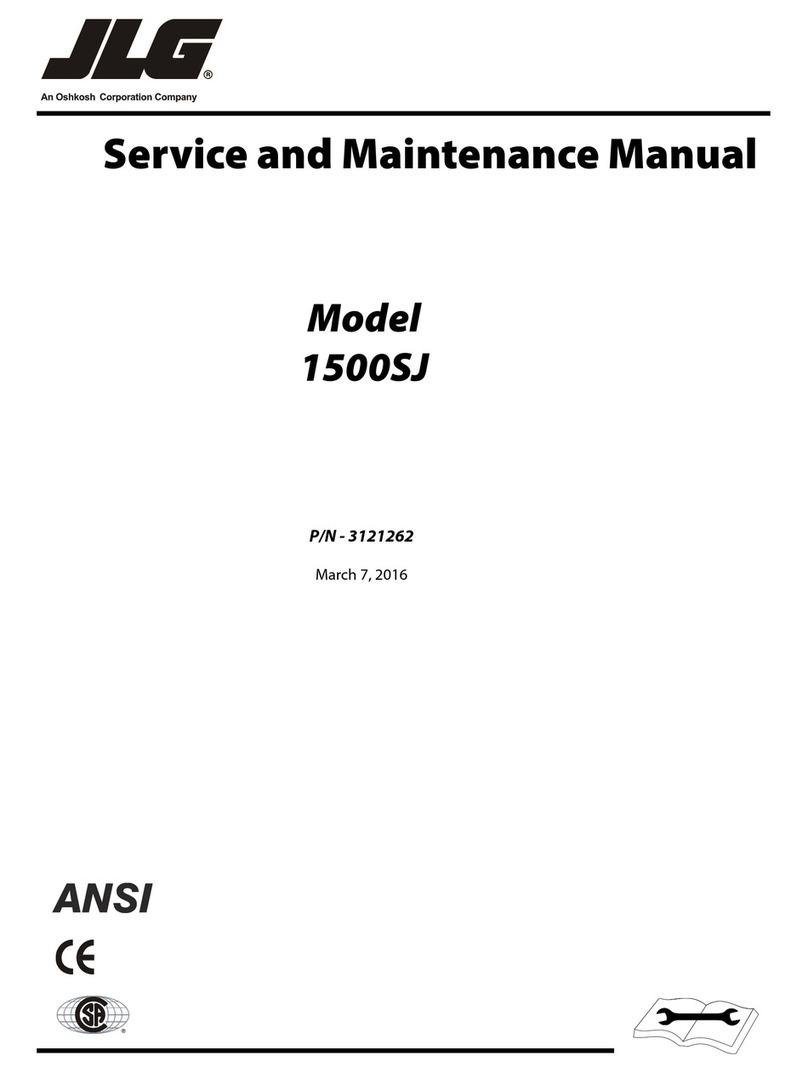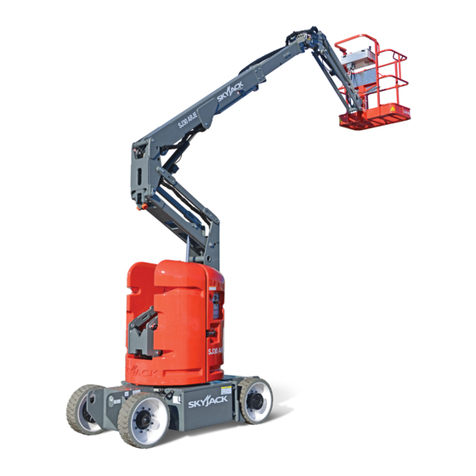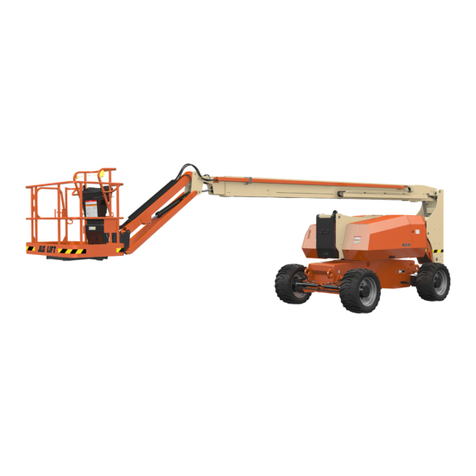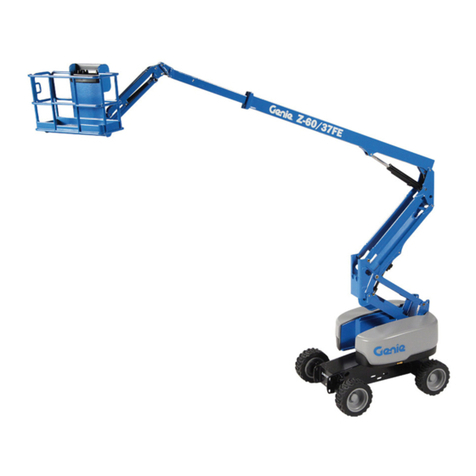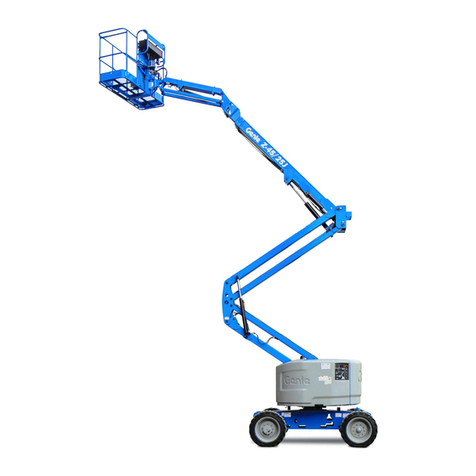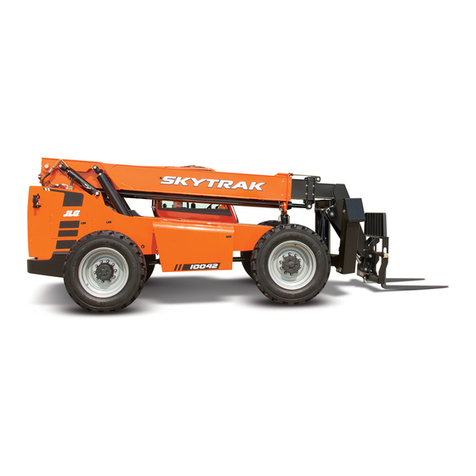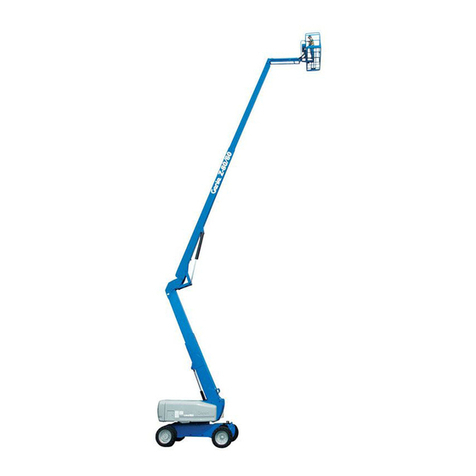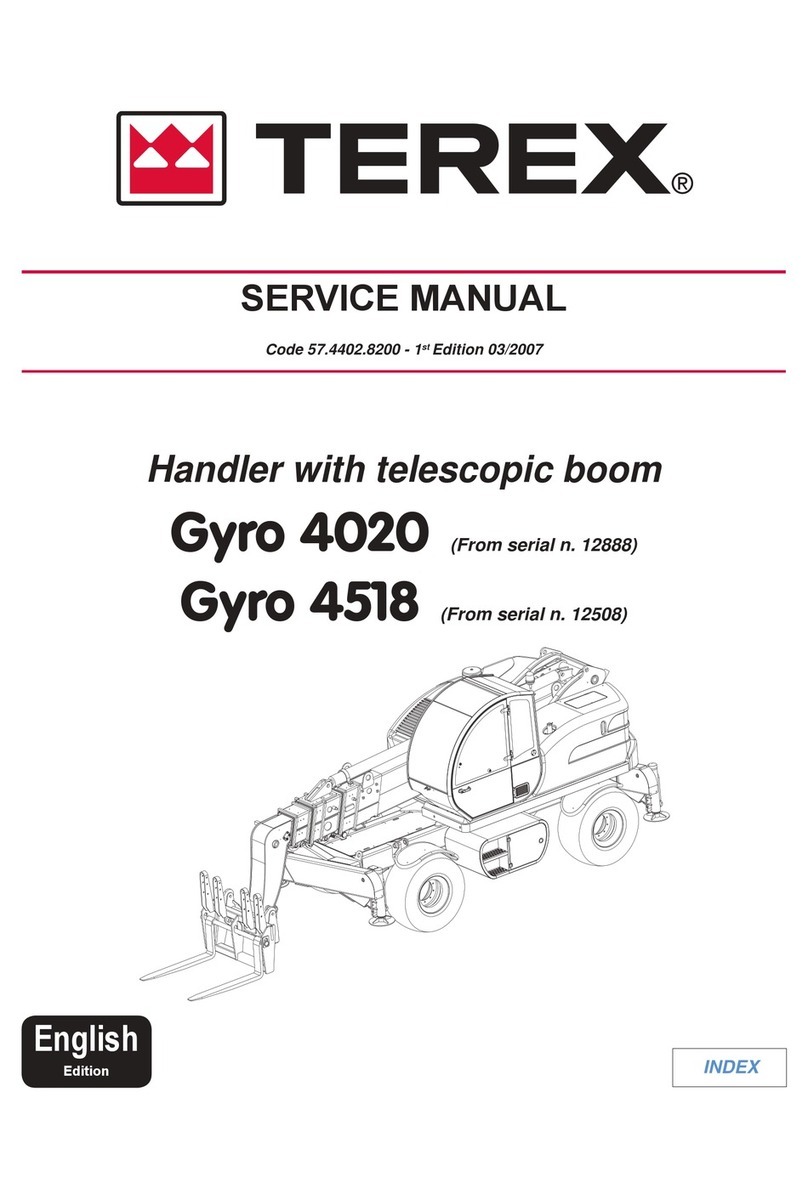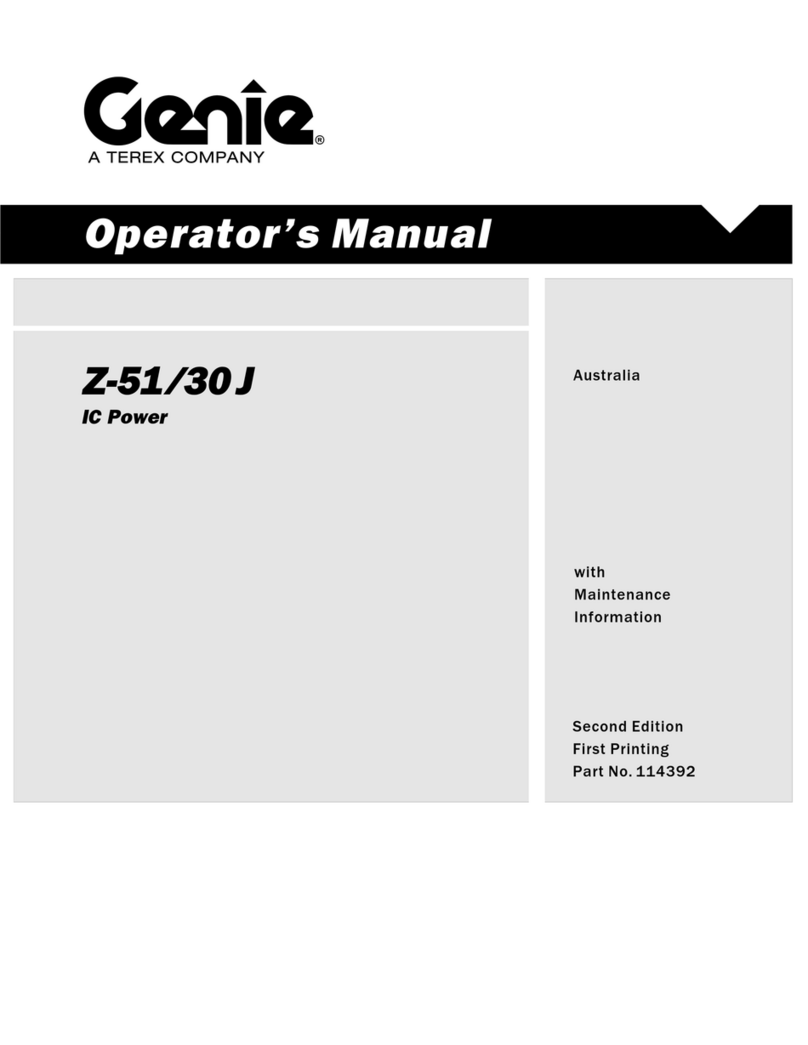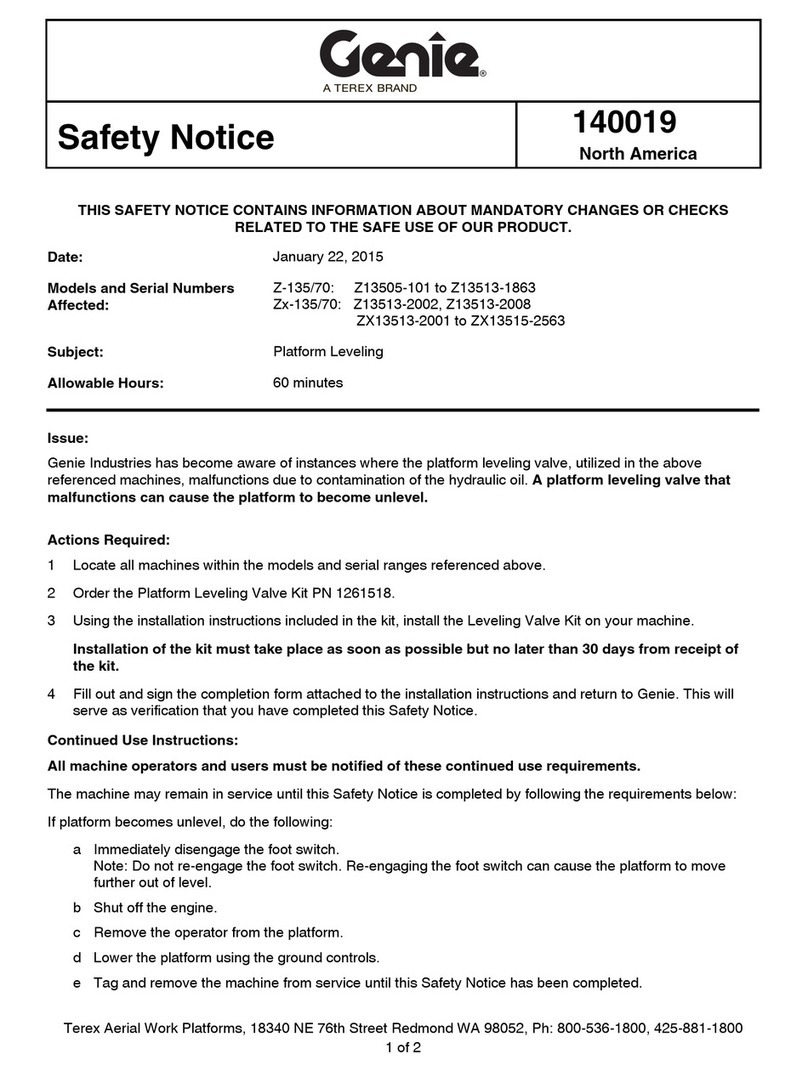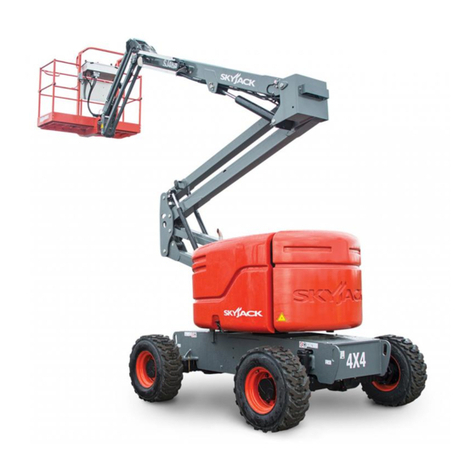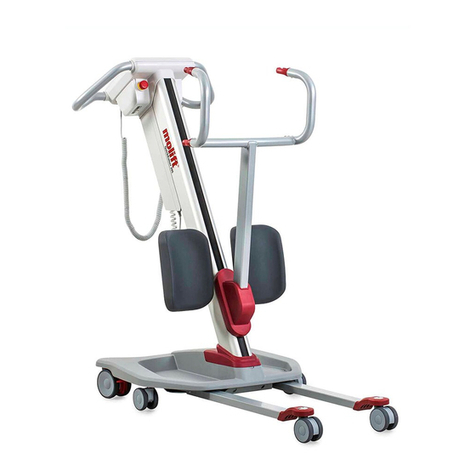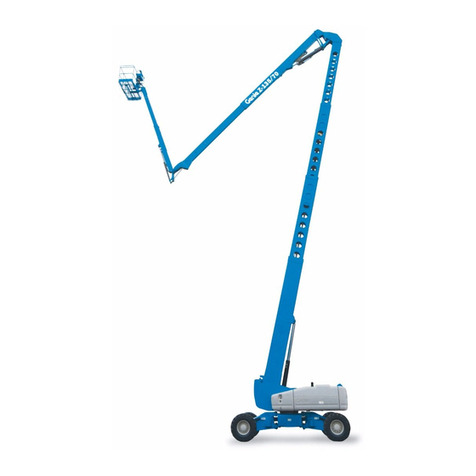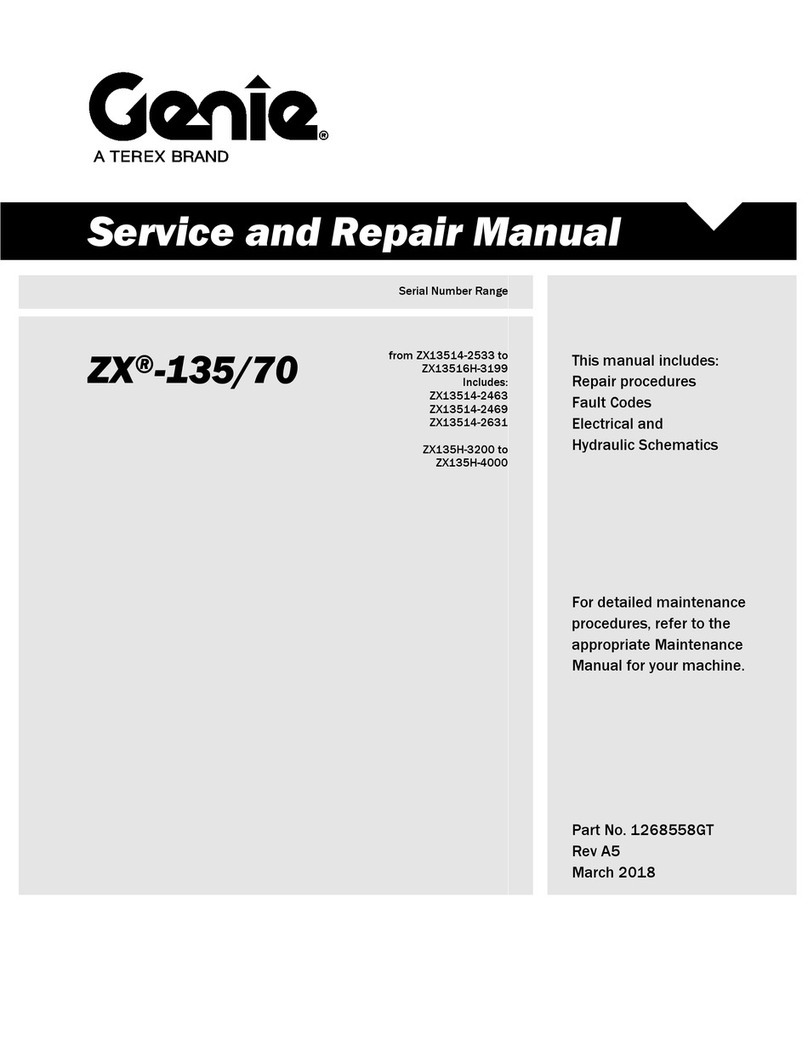
Document number: ED. 03622.00.001.R04.ENG Page 9 of 151
ED.02518.00.001.R08.ENG Page 9
1.8. Personnel and obligations
xOnly qualified personnel are allowed to operate the System.
Qualified personnel are those who have followed the official Gantry training of Enerpac
and have obtained the Certificate.
xOnly qualified personnel are allowed to maintain the System.
Qualified personnel are those who have certified main education for the jobs they have
perform, either mechanical, hydraulically or electrical.
xQualification of the personnel is a responsibility of the customer.
xAlways comply with legal minimum age stipulations.
xThe System should only be used, maintained and repaired by properly instructed and
trained personnel. Clearly describe the qualifications of the relevant employees with
regard to use, commissioning, assembly, disassembly and all maintenance and repair
work. If must be performed by third parties, they must receive clear instructions so both
the client and the contractor are up-to-date on the agreements reached.
xThe supervisor and operator are authorized to refrain from following any instructions
from third parties that may pose a risk to the machines or bystanders.
xPersonnel who have not been fully trained and instructed in the use of the machine,
or personnel who have only received general training, may only perform work on the
System under continuous supervision of a qualified person.
xWork on the electrical and the hydraulics systems must be performed by competent,
qualified personnel, or by trained personnel under the direct supervision of qualified
personnel, in compliance with all applicable rules and regulations.
xAssembly and disassembly may only be performed by trained installers under the
supervision of an authorized person who has adequate knowledge of the System.
The responsibilities are conform the standard as referred to in Ref [7] ASME B30.1-2015
xIn some situations, the owner and the user may be the same entity and is therefore
accountable for all of the following responsibilities a listed in this chapter.
xIn other cases, the user may lease or rent the system from the system without
supervisory, operational, maintenance, support personnel, or services from the system
owner. In these situations the following sections apply.
1.8.1. The owner of the system
The responsibilities of the owner of the system are:
a) make sure the system meets the requirements as given in this manual as well as specific
job requirements defined by the user.
b) make sure the system and all necessary components, specified by the manufacturer,
meet the user's requested configuration and capacity.
c) providing the applicable capacity charts to the user.
d) providing this manual to the user to enable correct assembly, disassembly, operation and
maintenance information.
e) make sure all inspections and maintenance activities are performed.
f) designating personnel for maintenance, repair, transport, assembly, and disassembly.
g) designating personnel for inspections as required in the applicable chapters.
1.8.2. The user of the system
The responsibilities of the user of the system are:
a) complying with the requirements of this manual and all regulations applicable at the work
site.
b) using supervisors for activities
c) ensure that the system is in proper operating condition, prior to initial use by
xverifying that the Owner has provided this manual.
xverifying that a frequent inspection has been performed.
